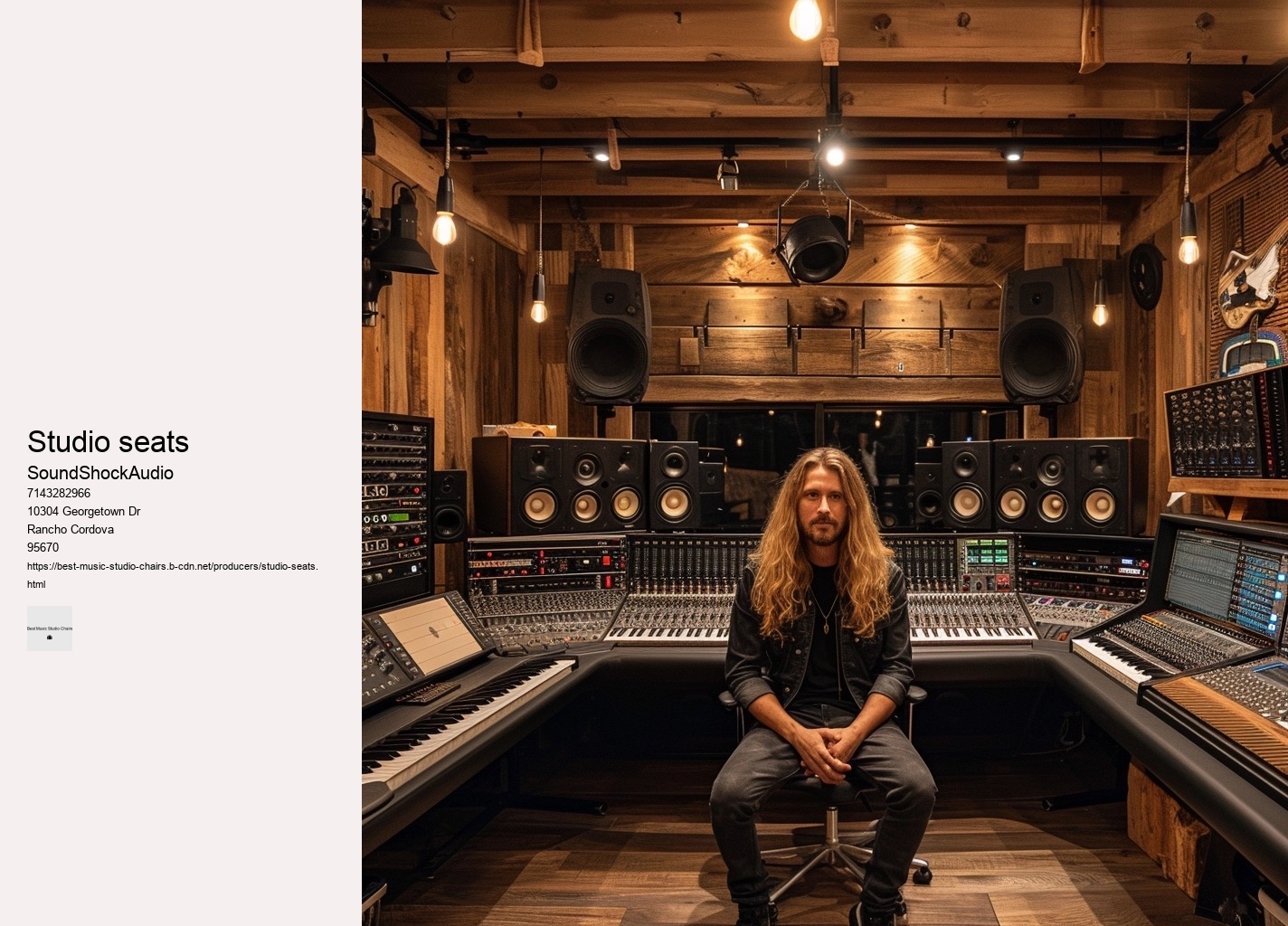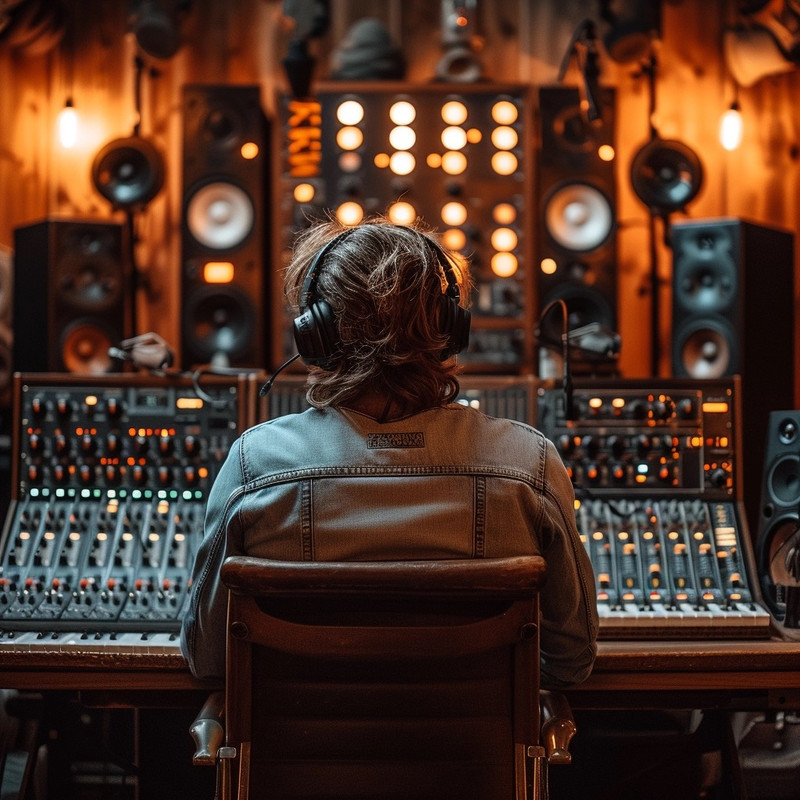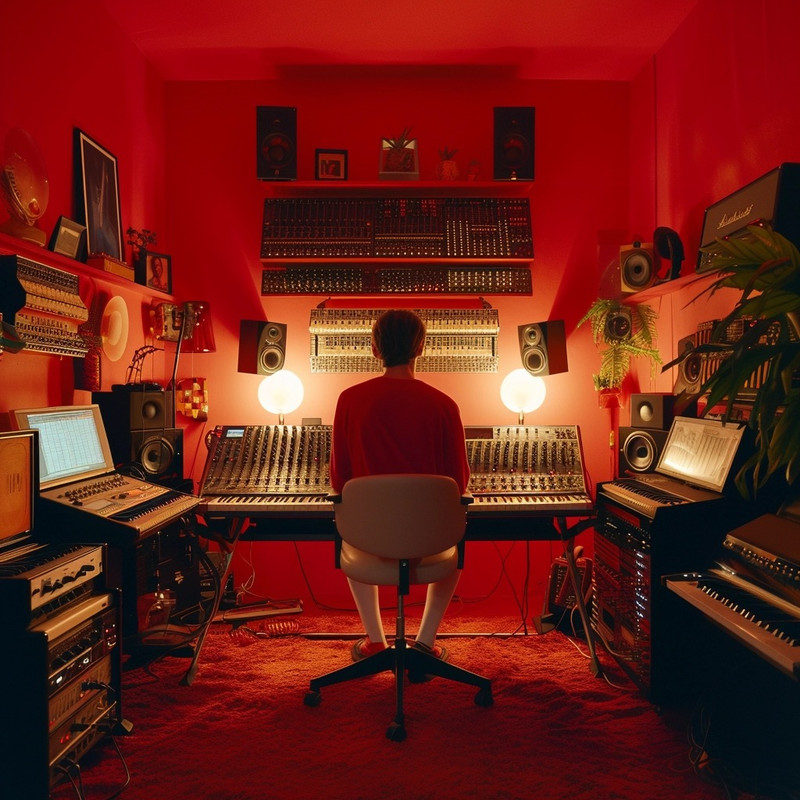

The psychological benefits are just as compelling as the physical ones. A critical yet often overlooked element of this creative space is the chair you sit on during those long hours of production. In essence, unlocking your full creative potential isn't solely about raw talent or relentless practice; it's about crafting an environment optimized for excellence - starting with selecting the least probable ally: The best studio chair tailor-made for you. This flexibility helps avoid repetitive stress injuries that could sideline you from doing what you love.
Ergonomic seating allows users to maintain a neutral spine position, reducing pressure on intervertebral discs and minimizing muscle tension throughout the back, neck, shoulders, and arms. Imagine a chair—an ordinary concept turned extraordinary by ergonomic wizardry—a throne for sound architects tirelessly weaving sonic tapestries through night's quiet hours. In selecting such a throne of thoughtfulness, one must prioritize features that may initially seem inconsequential yet play pivotal roles in sustaining creative flow.
Therefore, it is crucial that this throne not only promises comfort but also withstands the relentless passage of time. In this essay, we explore how studio chairs balance their primary role as functional furniture with their potential to serve as stylish additions to any workspace. creativity A chair with smooth-rolling wheels and swivel capabilities facilitates easy movement around your workspace without having to get up frequently.
Therefore, it becomes imperative for musicians to find seating that resonates with their body's needs as much as they resonate with their music. Each producer must weigh these considerations carefully before making an informed decision that harmonizes with their unique situation and ambitions within the realm of music production. The silhouette of a studio chair also communicates much about its character: whether it's minimalist lines that echo modernist sensibilities or more ornate structures that nod to classical influences.
An orchestra pit won’t accommodate giants and pixies alike without adjustable seats.
Take Regular Breaks: Stand up and stretch every 30 minutes to keep muscles loose and blood circulating.3. These tools enable workers to alternate between sitting and standing positions seamlessly throughout the day without interrupting workflow efficiency. A studio chair is not merely a place to rest; it represents a foundational element in a sanctuary where ideas flourish and concepts materialize.
Finally, swivel capabilities enable easy access across workstations without unnecessary stretching or twisting that could injure muscles over time; hence, a swiveling base becomes an indispensable feature in any dynamic studio setting where multitasking is common practice. Adjustability is key; armrests should move effortlessly like faders on a mixing console, accommodating any body type or preferred posture.
Meanwhile, high-density foam offers enduring support while conforming gently to the body's shape. Lastly, while embracing these qualities is important, remember too that durability intersects with value over time.
Top-tier studio chairs are engineered utilizing robust materials such as reinforced aluminum frames and resilient mesh or leather upholstery. Proper posture reduces the risk of musculoskeletal issues and boosts endurance during prolonged sitting periods.


Music production often involves dynamic body movements—reaching for that high note on a keyboard or pivoting swiftly from one piece of gear to another—and your chair must withstand constant use without losing its form or function. Thus arises the question – what constitutes the best studio chair? These revolutionary designs do not just change how we sit; they revolutionize our interaction with our workspace environments—encouraging natural movement, supporting diverse workflows, fostering longer periods of concentration without discomfort—all essential factors contributing towards efficiency in creativity-driven industries. Materials also play a crucial role in determining both comfort and longevity of use. Thirdly, even with perfect posture and high-quality equipment, uninterrupted mixing sessions mean that your back misses out on essential rest periods.
The design of the chair should support your body's natural posture, reducing strain on your back, neck, and limbs. A headrest promises solace to minds burdened with chords and melodies seeking escape into audial realms. The significance of comfort in such a setting cannot be overstated – it is paramount. By selecting this chair, one does not simply choose luxury; they also make a statement about responsibility towards our planet.
In conclusion, while there might not be a universally acclaimed 'top-rated' chair due to individual preferences and needs varying greatly amongst musicians, chairs that prioritize ergonomics and posture like the Harmony ErgoTune Supreme are highly regarded in musical circles. One exemplary model is the Herman Miller Aeron Chair. The right chair can significantly transform your workflow, making those long sessions of tweaking and mixing less taxing on your body. Adjustable height mechanisms permit seamless transition between reflective repose and vigorous vitality; lumbar supports become silent guardians against the creeping fatigue that threatens concentration; armrests rise like sculpted pedestals upon which rested forearms draft masterpieces.
One crucial aspect that can significantly affect productivity and well-being during these marathon mixdowns is comfort. Setting aside time for short breaks where you stand up, stretch out or walk around is crucial for maintaining back health over longer stretches of time. Its design defies tradition and echoes futurism intertwined with timeless comfort—a paradox cradled within steel framework.
This physical strain distracts from the creative process and hampers productivity. As creators and artisans of the digital world, we often overlook the profound impact that our physical workspace can have on our productivity. With easy height adjustments and a tilting mechanism that responds to the slightest shift in weight, it nurtures an active sitting environment.
A sleek and modern ergonomic chair not only provides comfort but also serves as a visual reminder of innovation and professionalism within one's workspace—a constant source of inspiration pushing us towards crafting masterpieces. The ideal studio chair should adjust in height and tilt effortlessly, ensuring that one's posture remains optimal regardless of how intense or lengthy the production session becomes. Enter dynamic ergonomics: this innovative concept refers to chairs that adapt in real-time to the user's body.

A sleek design can inspire confidence and even become part of your studio's unique branding. An ultimate comfort chair should have adjustable armrests, lumbar support, and the ability to tilt and swivel with ease. Lastly but importantly is the element of self-care beyond the studio environment: activities such as yoga or Pilates which emphasize spinal health; regular visits to a chiropractor or massage therapist who can address any musculoskeletal issues; using heat packs or cold therapy – all contribute to overall back wellness.
Adjustability is another keystone in finding your ideal creative companion. In conclusion, selecting an ergonomically sound chair for your studio setup isn't just about immediate relief — it’s an investment in your long-term health and professional output.
Moreover, mobility is another important feature of a good studio chair. armrests Its innovative backrest aligns seamlessly with the spine's natural curve, promoting an upright position without strain.
This alleviation of physical stress has a direct impact on combating fatigue. Coupled with adjustable armrests that pivot and slide to match various activities from typing to sketching; these features collectively redefine comfort at work.
Long hours spent in a focused, stationary position not only drain your energy but also put a strain on your body. Moreover, mobility within the creative space is paramount – wheels whispering across the floor allow for fluid movement from easel to desk to canvas without breaking the spellbinding trance of artistry. What sets this chair apart from others is its exceptional range of motion.
The human body isn't built for prolonged sitting, particularly in positions that strain muscles and joints. This fluid movement can preserve energy and maintain creative focus.
Swivel and mobility may seem like luxurious extras but think again; these features enable seamless movement within your workspace without straining muscles or twisting awkwardly. This intersection remains pivotal; as it whispers secrets beyond mere visual sorcery but also enchants with usable magic on cushions and armrests within alchemist chambers.
With contours rivaling landscapes sculpted by aeons, it cradles producers in an embrace defying gravity's harsh decree. Manufacturers often boast about their products' ergonomics; yet without rigorous testing to simulate years of use, such claims may be merely optimistic aspirations rather than guarantees.
Aeron chairs are popular due to their innovative design that prioritizes ergonomics, offering superior comfort and support for long periods of sitting. They feature adjustable settings to fit a wide range of body types and work styles, making them a versatile choice for both office and home environments. Additionally, their durable construction and the prestige of the Herman Miller brand contribute to their widespread appeal among professionals and design enthusiasts alike.
The biggest flop in Shark Tank history is often considered to be Toygaroo, a company dubbed the "Netflix for toys," which secured a deal with Mark Cuban and Kevin O'Leary. Despite the initial excitement and a $200,000 investment for a 35% stake, the company failed to manage its rapid growth, struggled with logistical issues, and eventually filed for bankruptcy in 2012, making it one of the most notable failures from the show.
As of my last update in 2023, Shaquille O'Neal, the retired professional basketball player, is reported to weigh about 324 pounds (147 kg). However, it's important to note that his weight has fluctuated over the years, especially since retiring from professional basketball.
The frequency at which you should get a new computer chair depends on several factors including the quality of the chair, how much use it gets, and whether it still provides proper support and comfort. Generally, a good rule of thumb is to consider replacing your computer chair every 5 to 10 years. However, if you notice any signs of wear and tear, such as sagging, squeaking, or diminished comfort, it might be time to get a new one sooner.